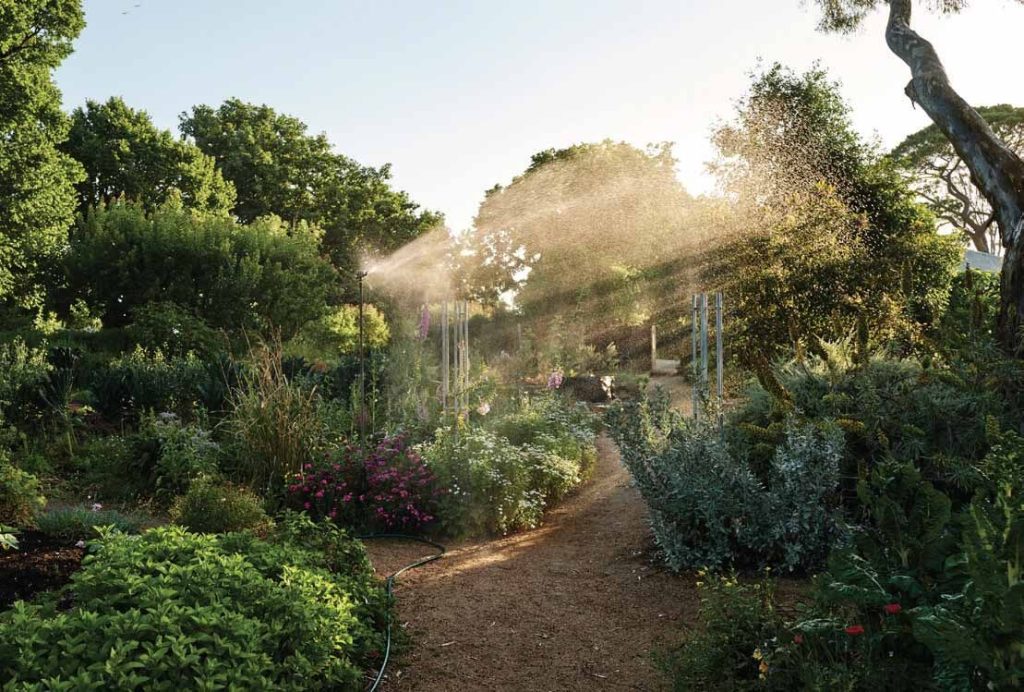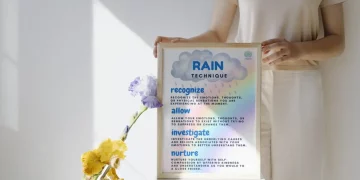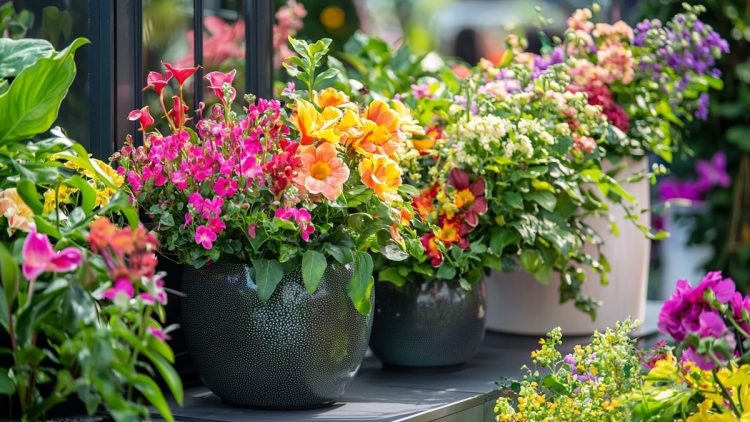Introduction to Sensory Gardens as Therapeutic Spaces
In recent years, the concept of sensory gardens has gained significant attention as a transformative approach to mindfulness and mental wellness. Unlike traditional meditation rooms that focus primarily on quiet space and internal reflection, sensory gardens engage multiple senses simultaneously through carefully curated natural elements. These gardens serve as living, breathing sanctuaries designed to stimulate touch, smell, sight, and sound—offering an immersive environment that promotes relaxation, emotional regulation, and mindful presence. As urban living spaces shrink and stress levels rise globally, sensory gardens are emerging as appealing alternatives or complements to indoor meditation rooms. This article explores the therapeutic plant selections tailored for tactile, olfactory, and auditory engagement, examines innovative small-space garden designs suitable for city dwellers, and provides guidance on crafting multi-sensory mindfulness experiences.
Therapeutic Plant Selection for Touch, Smell, and Sound
At the core of sensory gardens lies intentional plant selection, focusing on species that provide diverse sensory stimuli. Plants with varying textures invite tactile exploration: fuzzy lamb’s ear (Stachys byzantina) offers a soft, velvety feel, while coarse grasses and rugged succulents provide contrasting tactile experiences. These textural differences stimulate nerve endings in the hands and fingers, grounding visitors in the present moment through touch. Aromatic plants elevate the garden’s therapeutic impact by activating the olfactory system, closely linked to the brain’s emotional centers. Lavender, rosemary, jasmine, and eucalyptus are popular choices known for their calming and mood-enhancing scents. Incorporating fragrant herbs or flowers in pathways encourages mindful walking and deep breathing exercises. Beyond touch and smell, auditory elements are crucial for a fully immersive experience. Plants that rustle gently in the breeze, such as bamboo or ornamental grasses, add soothing natural soundscapes. Additionally, water features, wind chimes, and strategically placed bird feeders can enrich the garden’s sound environment, further enhancing relaxation and focus.
Small-Space Design Solutions for Urban Dwellers
Urban living often limits access to large outdoor areas, prompting designers and wellness enthusiasts to innovate compact sensory garden models that fit balconies, rooftops, patios, or even indoor sunrooms. Vertical gardening techniques maximize limited floor space by utilizing trellises, hanging planters, and wall-mounted garden beds, allowing tactile and aromatic plants to flourish within arm’s reach. Container gardens offer flexible options for rotating seasonal plants, ensuring continual sensory variety. Integrating multi-functional furniture, such as benches with built-in planters, optimizes utility and comfort. Lighting also plays a vital role in small-space sensory gardens, with soft LED or solar-powered lights creating tranquil evening atmospheres. Urban garden design prioritizes ease of maintenance by selecting hardy, drought-resistant plants and incorporating automated irrigation systems, encouraging consistent engagement without overwhelming care demands. These compact, thoughtfully designed sensory gardens empower city residents to create their own mindful retreats amid the concrete bustle.

Creating Multi-Sensory Mindfulness Experiences
The therapeutic potential of sensory gardens is unlocked through intentional interaction and mindfulness practices tailored to the environment. Users are encouraged to engage with each sensory modality individually and in combination—feeling leaf textures, inhaling plant aromas deeply, listening attentively to natural sounds, and observing subtle changes in light and shadow. Guided sensory walks can focus attention on specific stimuli, cultivating presence and reducing mental clutter. Complementary practices such as seated meditation, journaling, or gentle stretching within the garden space deepen emotional processing and stress relief. Sensory gardens also foster social connection when designed as communal spaces for group mindfulness sessions, horticultural therapy, or creative workshops. Personalization enhances effectiveness; for instance, selecting favorite scents or tactile plants aligned with emotional needs can make the garden a powerful self-care tool. Technology integration, such as ambient sound apps or smart irrigation linked to mood tracking, offers new possibilities for adaptive, responsive mindfulness environments.
Benefits of Sensory Gardens for Mental Health and Wellbeing
Scientific research supports the positive impact of sensory-rich natural environments on psychological wellbeing. Exposure to nature reduces cortisol levels, lowers heart rate, and improves mood, with multi-sensory engagement amplifying these effects. Sensory gardens specifically enhance neuroplasticity by stimulating diverse sensory pathways, promoting cognitive flexibility and emotional regulation. For individuals dealing with anxiety, depression, or PTSD, the gentle, grounded focus offered by sensory gardens can facilitate trauma recovery and resilience building. Moreover, these gardens encourage movement and outdoor time, supporting physical health through light exercise and vitamin D synthesis. In workplace or educational settings, sensory gardens contribute to improved concentration, creativity, and stress management, making them valuable wellness investments. The holistic integration of nature’s sensory gifts makes these gardens uniquely effective mindfulness sanctuaries.
Challenges in Designing and Maintaining Sensory Gardens
Despite their benefits, sensory gardens present design and upkeep challenges that require thoughtful planning. Plant selection must balance sensory diversity with climate suitability and allergy considerations to prevent discomfort or adverse reactions. Urban pollution and limited sunlight can hinder plant health, necessitating adaptive species and protective strategies. Maintenance demands, including pruning, pest control, and watering, may deter users without gardening experience or time. Accessibility is another concern; gardens should be designed with varied mobility levels in mind, including raised beds and wide, smooth paths. Managing noise pollution in city settings is critical to preserve the garden’s auditory calm. Collaborating with horticulturists, landscape architects, and therapists can mitigate these challenges and optimize sensory garden design for maximum therapeutic effect.
Incorporating Sensory Gardens into Daily Life
Integrating sensory gardens into everyday routines fosters ongoing mindfulness and emotional balance. Starting the day with a few minutes of tactile and olfactory engagement can set a calm tone for work or home responsibilities. Midday breaks spent in sensory gardens help reset focus and alleviate accumulated stress. Evening visits promote unwinding and better sleep quality, especially when combined with slow, mindful breathing and soft lighting. Creating rituals around plant care, such as watering or pruning, cultivates patience and connection to living processes. Families can use sensory gardens as interactive learning spaces for children, teaching about nature and emotional awareness. Digital journaling or mood tracking after garden visits can enhance self-reflection and personal growth. For those lacking physical access, virtual reality or augmented reality sensory garden simulations offer emerging alternatives.
Future Trends and Innovations in Sensory Gardens
The future of sensory gardens is poised for exciting advancements driven by technology, psychology, and urban planning. Smart garden systems with automated environmental controls can optimize sensory stimuli in real time, responding to user mood or weather conditions. Integration of biofeedback devices may allow gardens to adapt lighting, sound, or scent intensity for personalized relaxation experiences. Community-driven sensory garden networks and pop-up installations can increase public accessibility, particularly in dense cities. Research into cross-cultural plant symbolism and traditional healing practices enriches plant selection and garden narratives, deepening emotional resonance. Combining sensory gardens with other wellness modalities like sound healing, aromatherapy, and movement therapy promises holistic, multi-dimensional care environments. As mindfulness gains mainstream traction, sensory gardens are set to become vital urban oases that redefine how we cultivate mental wellbeing.
Conclusion: Sensory Gardens as Modern Mindfulness Sanctuaries
Sensory gardens offer a compelling evolution from conventional meditation rooms by leveraging nature’s rich sensory palette to create deeply immersive and accessible mindfulness experiences. Through thoughtful plant selection, innovative small-space design, and multi-sensory engagement, these gardens empower individuals—especially urban dwellers—to reconnect with themselves and the natural world. While challenges in design and maintenance exist, the growing body of research and technological innovation continue to expand their therapeutic potential. As mental health awareness rises globally, sensory gardens stand as a hopeful symbol of holistic wellness, blending ancient nature wisdom with modern mindfulness practice. Whether in private homes or community spaces, sensory gardens are becoming vital sanctuaries for emotional restoration and mindful living.











































